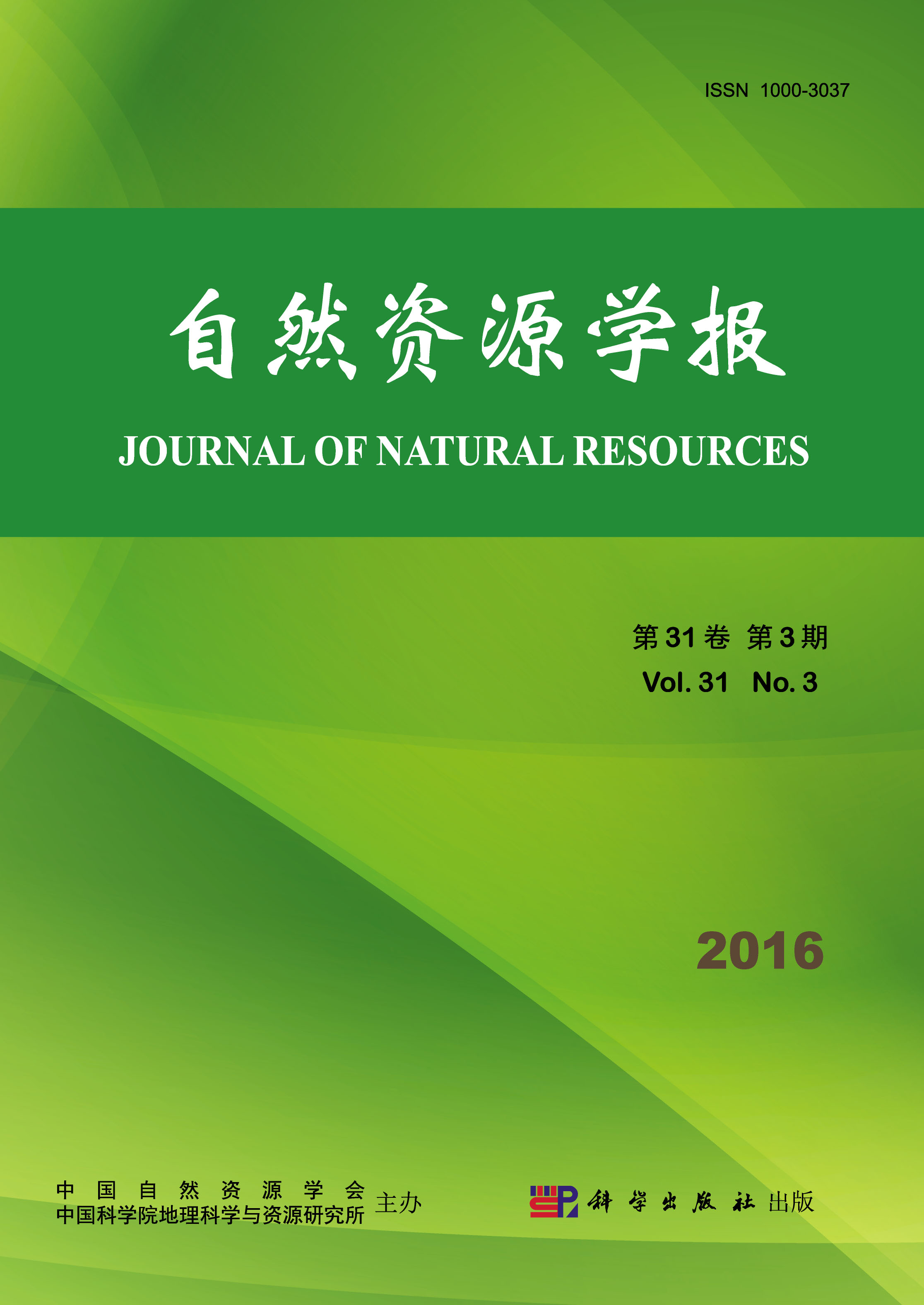
Photochemical Reflectance Index (PRI) is an effective index to rapidly estimate Light Use Efficiency (LUE). The analysis of various factors influencing the relationship between these two variables is the premise for improving the precision of estimating LUE. In this paper, three kinds of wetland plants Salix matsudana, Tamarix chinensis and Phragm itescommunis in Hangzhou Bay were selected, and the diurnal variations of their photosynthesis and the synchronous vegetation spectrum were measured. At the same time, the PROSPECT-SAIL model was used to simulate the Leaf Area Index (LAI) of canopies from small to large vegetation, and the effect of LAI on the relationship between canopy PRI and LUE were analyzed. The results showed that: 1) the diurnal variations of PRI and LUE all have good relations for Phragm itescommunis, Salix matsudana and Tamarix chinensis, and the R2 were 0.581 6, 0.524 6 and 0.514 6, respectively; however the correlation between PRI and LUE of the same vegetation in different periods of growth will be weakened, since PRI can't accurately estimate the LUE when the canopy LAI is small. 2) When LAI < 5, the soil background has great influence on canopy PRI, and the low brightness of soil has less affected on the canopy PRI. 3) When LAI > 5, the soil background has little influence on canopy PRI, and canopy LAI itself is the key factor that influence the relationships between PRI and LUE. Therefore, the relationships between PRI and LUE needs further exploration, such as model improving and more parameters should be researched in order to constantly improve the accuracy of the LUE estimation.